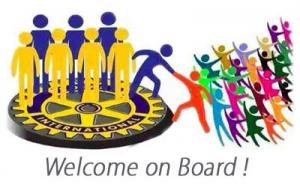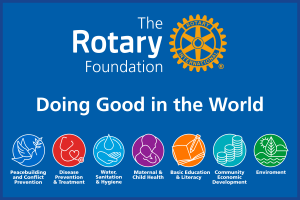Club Meeting - Mapping 42 years ago
Wed, Mar 27th 2024 at 6:00 pm - 7:30 pm
Libby Gluyas

Club members please log in for more information.
Speaker – Mapping 42 years ago – Libby Gluyas
Libby began by outlining the origins of her talk – the details of her degree final project had been languishing in her loft for the past 42 years and had recently been re-discovered and proved to be an ideal topic for the members. Libby was in the first cohort of students taking surveying science as single honours degree at Newcastle University. Previously this topic had been offered only joint honours degree. The project for her and her fellow students was to design a tourist map of Bolton Abbey in Wharfdale.
The project started with 2 weeks fieldwork in and around Bolton Abbey during the vacation between the second and third years of the course. This involved detailed study of the landscape measuring distances, levels and identifying all of the relevant features. The students had the advantage of working with Mr. Carmody who had been involved with the retriangulation of Great Britain.
After the fieldwork it was return to the laboratories to study cartography, land surveys and aerial photographs. The first major decision for the team was to decide what to include in the tourist map. Roads, rivers, footpaths, field boundaries, contours & contour intervals, access areas & boundaries, properties & names, facilities (e.g. public telephone, post offices, petrol station) all had to be considered in detail.
Similarly, much effort was devoted to selecting colours, shades, tints, typefaces & sizes. As well as the map itself the team were presented with numerous choices: 1 or 2 –sided (tourist maps are usually 2-sided); where to put the key; what to put on the reverse; how to fold the map; use of an additional front & rear cover as per OS maps. The latter was rejected on grounds of cost.
The final selection was a 2-sided document with text outlining the history of the priory and black & white illustrations of key features on the reverse. The black & white illustrations had been made by Libby who showed us the original sketches, she is clearly a very talented artist.
Opening times and entrance costs for the abbey and grounds were omitted as these rapidly become out of date.
Libby then moved to detailing the process by which the data from the various sources (field measurements, aerial photographs, existing maps) are converted into a map, i.e. the process of photogrammetry. This has to be complemented by calibration to determine the exact distance between two identifiable points. She was dismayed to find the instruments she and her colleague used are now listed under ‘historical’. This process was slow and extremely demanding, especially when tracing contours and footpaths. Fortunately, a Mr. Newton proved to be particularly adept at using these instruments.
The map is actually composed of several layers with each layer defining the features such as contours, roads, footpaths, forests etc. Eventually a scribe sheet is made followed by the laborious process of scribing, i.e. using a scribe tool to remove thin lines of the translucent coating to produce a negative image. When all the scribe sheets are finished, the process of preparing printing plates can be started, the printing process was beyond the scope of the project.
Libby showed us her copy of the beautifully prepared map, measuring approx. 1 m x 1 m, titled Bolton Abbey in Wharfdale with the reverse showing her five sketches of key features in the area covered by the map.
The painstaking and highly skilled methods of handmade map making have now been replaced by computed based technology and features such as public telephones are no longer part of everyday life.
'What We Do' Main Pages:
.jpg)
.The club undertakes a varied and active involvement with environmental projects - See below for the Next working party dates....
moreLocated on the A5199 Welford Road, between Foston Rd and Arnesby, The entrance location ///crew.broad.branch. SEE DETAILS BELOW...
more
All bids should be sent by email to the following address.... mistertfox@gmail.com Closing date for submitting your BID is MIDNIGHT 18th DECEMBER
more




